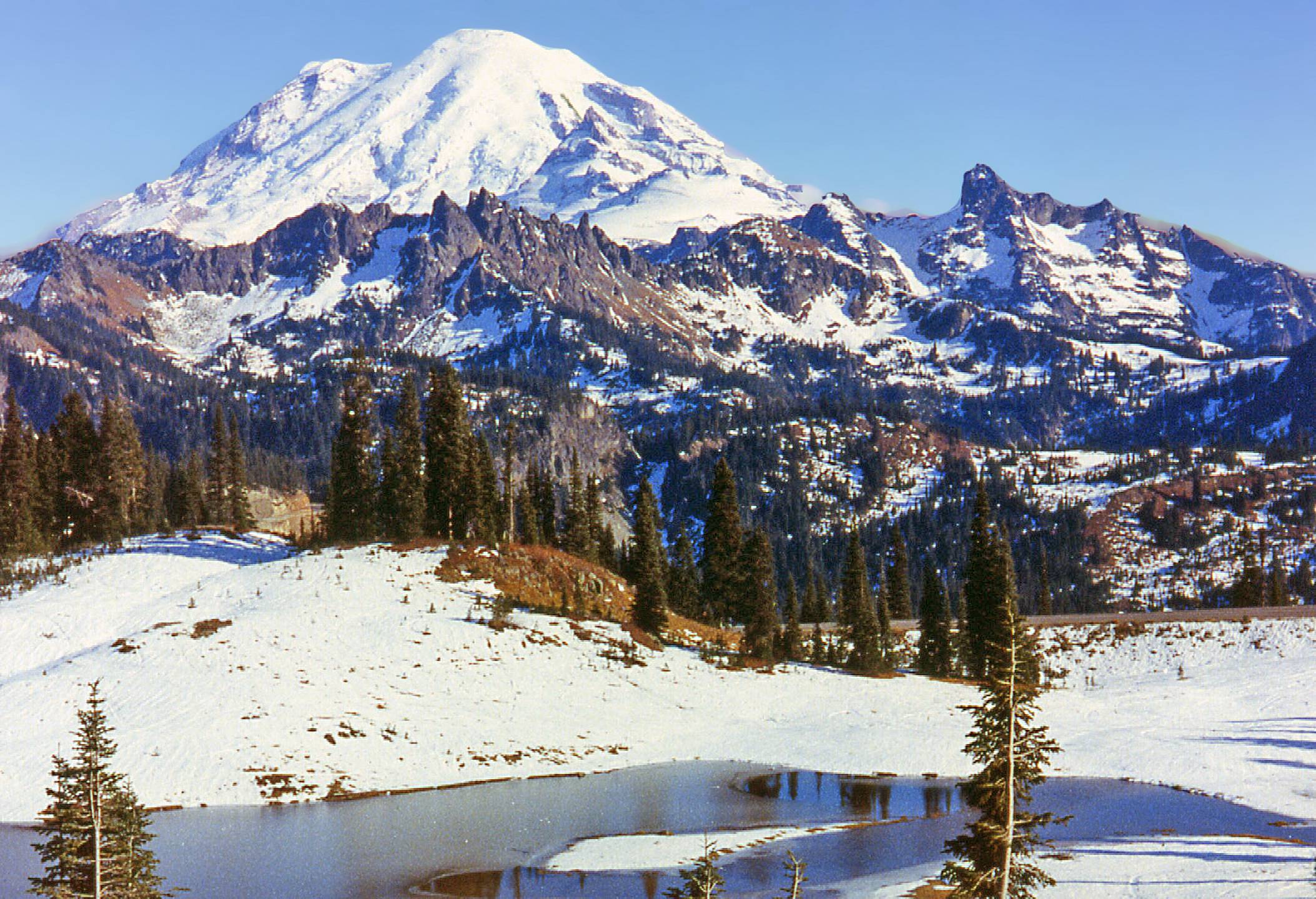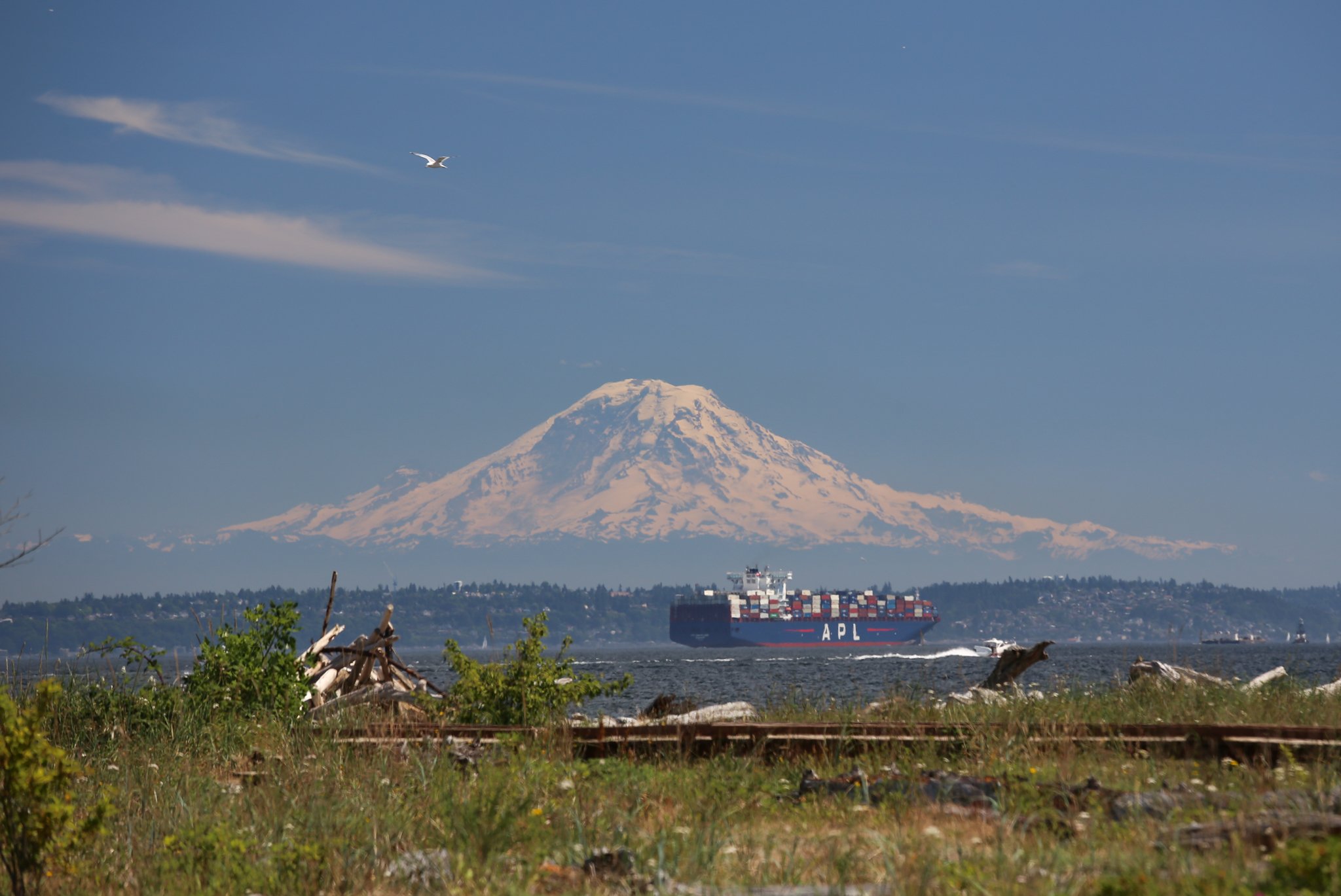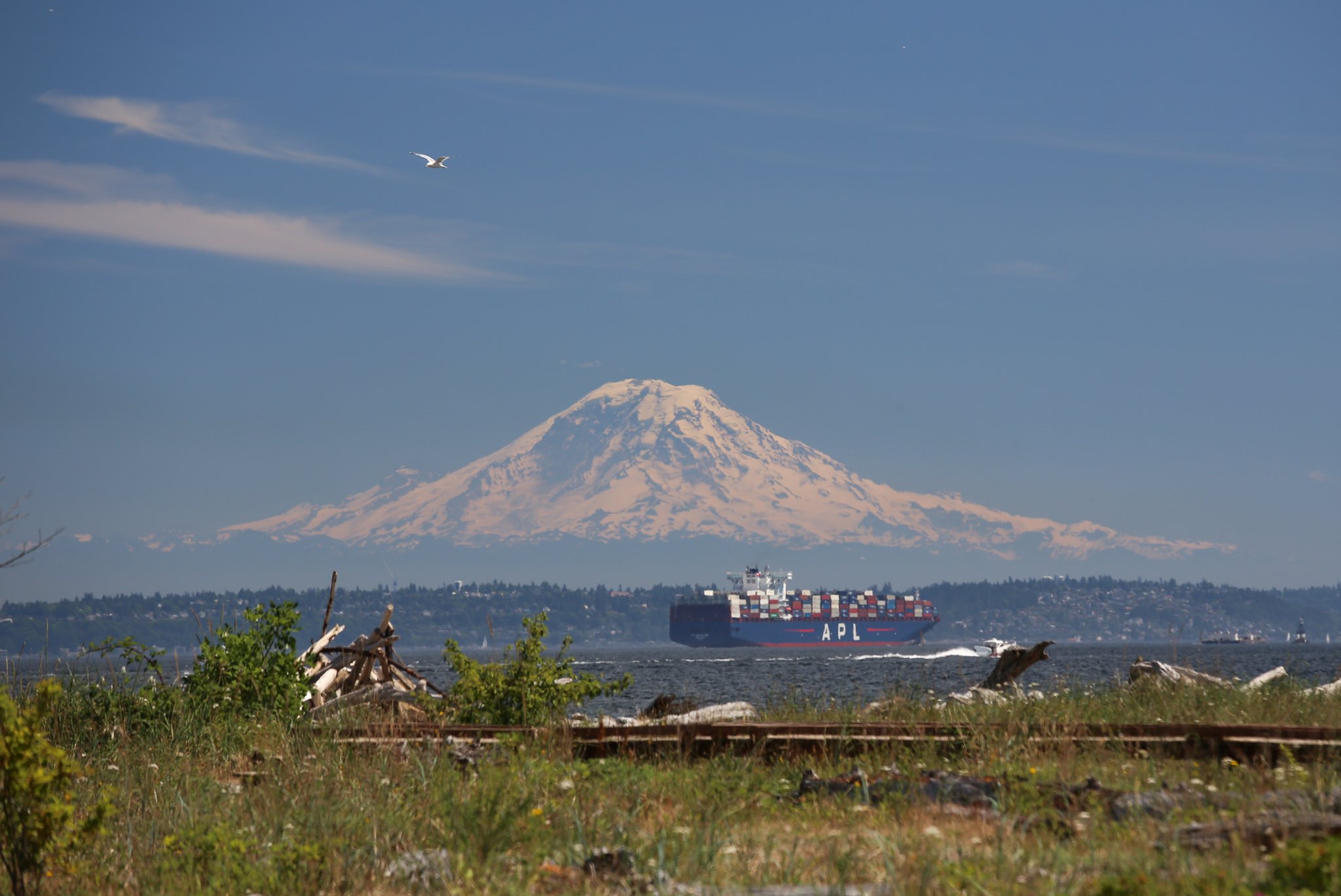Climbing Mount Rainier without a guide requires a comprehensive set of mountaineering skills, including ice climbing techniques, crevasse navigation, self-arrest methods, and proper use of technical gear. Climbers must also possess advanced route-finding abilities, understand altitude acclimatization strategies, and be proficient in emergency procedures. Mastering these skills is crucial for a safe and successful unguided ascent of this challenging 14,411-foot stratovolcano.
What Technical Climbing Skills Are Necessary for an Unguided Ascent?

Ice Climbing Techniques
- Crampon Use:
- Proper fitting and attachment to boots
- Walking techniques on icy surfaces
-
Turning and stopping safely
-
Ice Axe Mastery:
- Correct grip positions
- Self-arrest techniques
- Using the axe for balance and ascent
Crevasse Navigation
- Rope travel skills
- Crossing snow bridges safely
- Setting up anchors for crevasse rescue
Self-Arrest Methods
- Proper body positioning
- Quick reaction times
- Practice on various slope angles
What Essential Gear Is Required for Climbing Mount Rainier Independently?

Personal Technical Gear
| Item | Example |
|---|---|
| Harness | Black Diamond Momentum Harness |
| Rope | Black Diamond 9.9mm Climbing Rope (60m) |
| Crampons | Black Diamond Sabretooth Crampons |
| Ice Axe | Black Diamond Venom Ice Axe |
| Helmet | Black Diamond Half Dome Helmet |
Safety and Navigation Equipment
- Carabiners and quickdraws
- Snow pickets and anchors
- Comprehensive first aid kit
- Topographic map and compass
- GPS device (e.g., Garmin inReach Explorer+)
- Headlamp with extra batteries
Appropriate Clothing Layers
- Moisture-wicking base layers
- Insulating mid-layers
- Waterproof and windproof shell layers
How to Navigate Routes on Mount Rainier Without a Guide?
Map Reading and GPS Usage
- Interpret topographic maps:
- Identify contour lines
- Recognize landmarks
-
Spot potential hazards
-
Utilize GPS devices:
- Track your route
- Set waypoints
- Navigate back to camp or trailheads
Key Landmarks for Popular Routes
Disappointment Cleaver Route:
- Start at Paradise
- Ascend to Camp Muir
- Cross Ingraham Glacier
- Navigate through Disappointment Cleaver
Emmons Glacier Route:
- Begin at White River Campground
- Climb to Glacier Basin Campground
- Reach Camp Schurman
- Traverse Emmons Icefall and Winthrop Glacier
What Altitude Acclimatization Strategies Are Crucial?
Pre-Ascent Preparation
- Plan gradual ascents with rest days
- Spend a night at Camp Muir (10,060 ft) before summit attempt
During the Climb
- Hydration:
- Drink 3-4 liters of water daily
-
Monitor urine color for hydration status
-
Altitude Sickness Awareness:
- Recognize symptoms (headaches, nausea, fatigue)
- Descend if symptoms persist or worsen
Acclimatization Timeline
Day 1: Hike from Paradise to Camp Muir (4,600 ft gain)
Day 2: Rest at Camp Muir or ascend to higher camp if well-acclimatized
Day 3: Summit attempt, starting pre-dawn
What Emergency Procedures Should Unguided Climbers Know?
Crevasse Rescue Techniques
- Setting up z-pulley systems
- Prusik knot usage for self-rescue
- Team rescue scenarios practice
Weather-Related Emergency Responses
- Recognizing signs of incoming storms
- Building emergency snow shelters
- Proper use of emergency communication devices
First Aid for Common Mountaineering Injuries
- Treating frostbite and hypothermia
- Managing altitude sickness
- Addressing sprains, strains, and fractures
How to Prepare Physically for an Unguided Rainier Climb?
Endurance Training
- Long-distance hiking with a heavy pack
- Stair climbing exercises
- High-intensity interval training (HIIT)
Strength Training
- Core exercises:
- Planks
- Russian twists
-
Mountain climbers
-
Lower body workouts:
- Squats
- Lunges
- Step-ups with a weighted pack
Altitude Simulation
- Train at higher elevations when possible
- Use altitude tents or masks to simulate low-oxygen environments
What Are the Legal and Ethical Considerations for Unguided Climbs?
Permit Requirements
- Obtain necessary climbing permits from Mount Rainier National Park
- Understand and follow Leave No Trace principles
Risk Acknowledgment
- Sign required waivers and risk acknowledgment forms
- Ensure personal insurance covers high-risk activities
Rescue Considerations
- Understand the limitations of rescue services
- Be prepared to self-rescue or assist others in emergencies
Climbing Mount Rainier without a guide is a serious undertaking that requires extensive preparation, skill, and experience. Climbers must honestly assess their abilities and be willing to turn back if conditions or personal limitations warrant it. The skills and knowledge outlined here provide a foundation, but continuous practice and real-world experience are essential for a safe and successful unguided ascent of this formidable peak.
References:
1. https://shaleewanders.com/climbing-mount-rainier-disappointment-cleaver-route/
2. https://www.alanarnette.com/climbs/rainierfaq.php
3. https://www.rmiguides.com/mt-rainier/4-day-summit-climb

